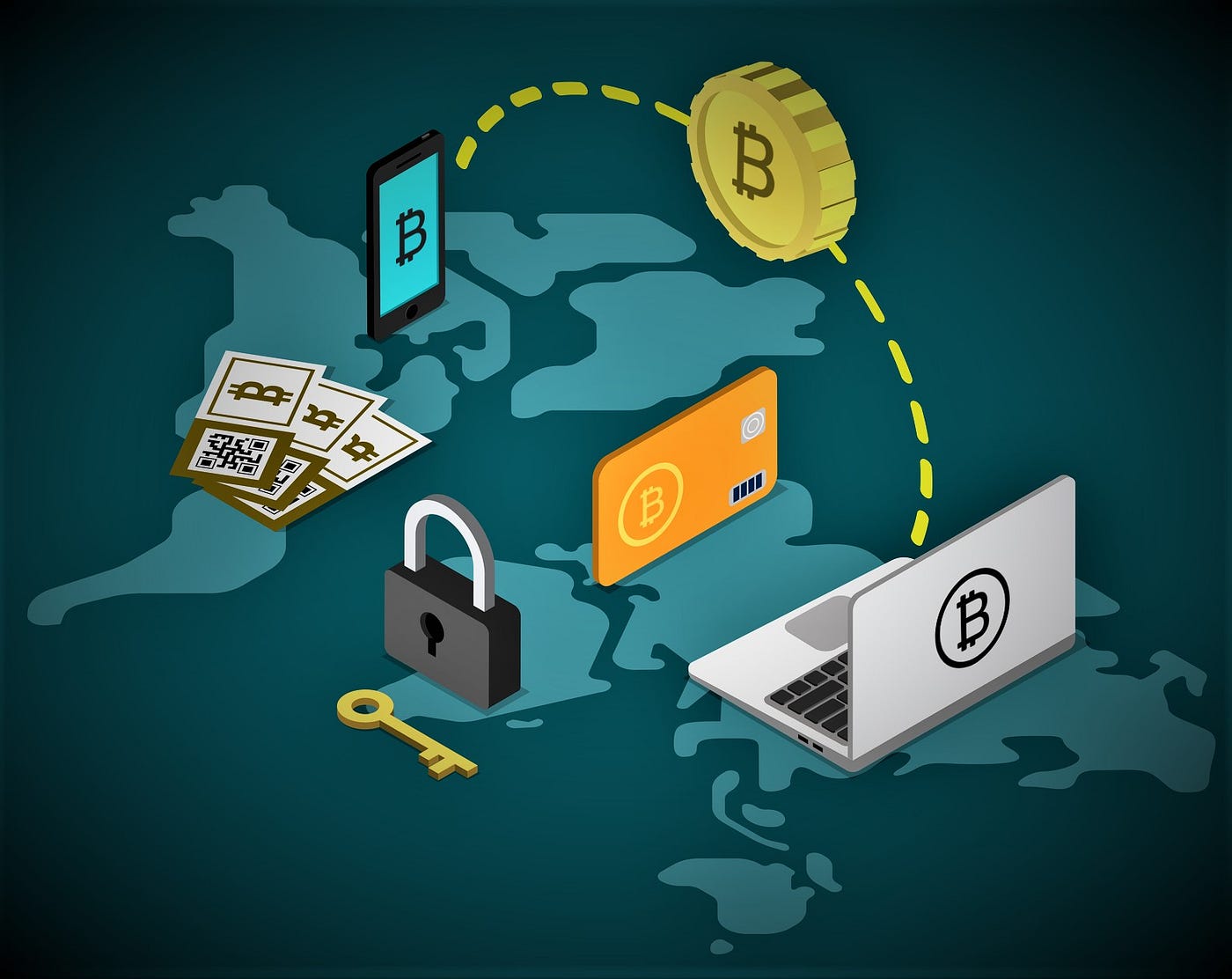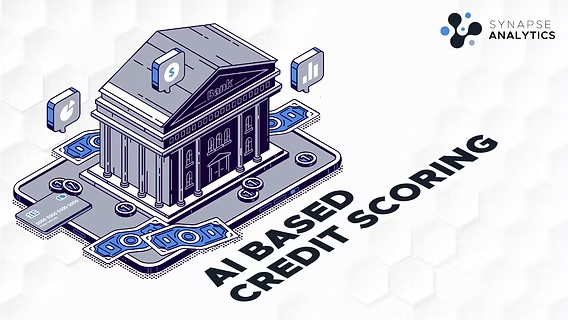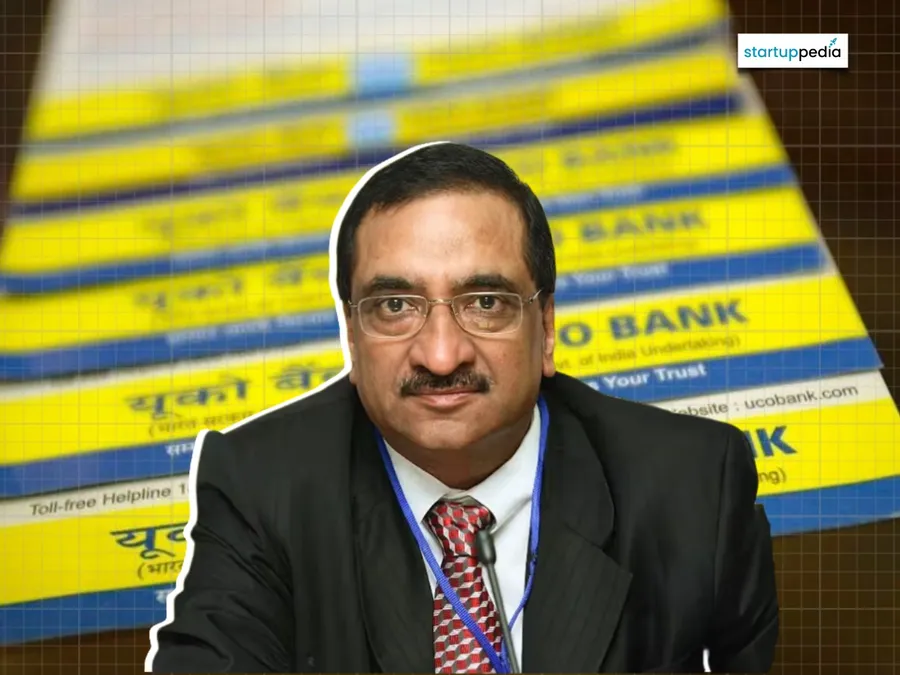Global Expansion Strategies for FinTechs in Emerging Markets: A Playbook for Leaders
2nd August 2025
 QR Codes and the Cashless Leap: Transforming India's Financial DNA
QR Codes and the Cashless Leap: Transforming India's Financial DNA
 What the Future Holds for Digital-Only Banks: Navigating the Next Era of Banking
What the Future Holds for Digital-Only Banks: Navigating the Next Era of Banking
 The Role of Cryptocurrencies in Cross-Border Payments
The Role of Cryptocurrencies in Cross-Border Payments
.jpg) The Future of Payments: Trends Reshaping Transactions in 2025
The Future of Payments: Trends Reshaping Transactions in 2025
 The Impact of 5G on Fintech Services
The Impact of 5G on Fintech Services
 Top Fintech Innovations Shaping 2025: The Future of Finance
Top Fintech Innovations Shaping 2025: The Future of Finance
 How AI is Transforming the Credit Scoring System
How AI is Transforming the Credit Scoring System
 How Open Banking is Shaping Financial Services Globally
How Open Banking is Shaping Financial Services Globally
 Flipkart Gets a Lending Licence: A Bold Leap into Embedded Finance
Flipkart Gets a Lending Licence: A Bold Leap into Embedded Finance
 The Evolution of Fintech Regulation: What’s Next?
The Evolution of Fintech Regulation: What’s Next?
 The Rise of Contactless Payments: Benefits and Security Concerns
The Rise of Contactless Payments: Benefits and Security Concerns
 Biometric Payments: The Next Big Trend in Secure Transactions
Biometric Payments: The Next Big Trend in Secure Transactions


12 April 2025
3 min read
172
Real-time payments (RTPs) are transforming how financial transactions are executed, offering businesses across the globe a faster, smarter, and more efficient way to move money. Unlike traditional payment systems that can take hours—or even days—RTPs enable the immediate transfer of funds, 24/7, redefining the norms of conventional banking.
For businesses, this shift means more than just speed. It’s about unlocking greater cash flow control, reducing operational friction, and delivering a seamless customer experience in an increasingly real-time economy.
Real-time payments refer to instantaneous, continuous payment processing, available any time of the day or week. Once a transaction is initiated and authenticated, funds are transferred and settled within seconds, with immediate availability to the recipient.
Unlike batch-based systems that delay fund movement, RTPs operate on advanced payment rails designed for speed, transparency, and reliability.
RTP systems are built on a simple yet powerful sequence of steps designed to move money in real time:
This process ensures near-instantaneous movement of money, regardless of the time or day.
Adopting real-time payments isn’t just about faster transactions — it’s a strategic enabler for modern enterprises. Here’s what RTPs bring to the table:
The instant payment revolution is already underway. For financial institutions and business leaders, the question is no longer if, but how soon you can integrate RTPs into your operations. Whether it’s through direct participation or fintech partnerships, real-time money movement is the new standard—and those who adapt early will lead the way.
Don't get left behind.
Embrace the change, explore the opportunities, and position your business for success in a real-time financial world.
Read Next
 News
News
 News
News
.jpg) News
News
 Blog
Blog
 News
News
 News
News
Live Polls
Live Discussion
Topic Suggestion
Whom Do You Wish To Hear
Sector Updates
Leave your opinion / comment here